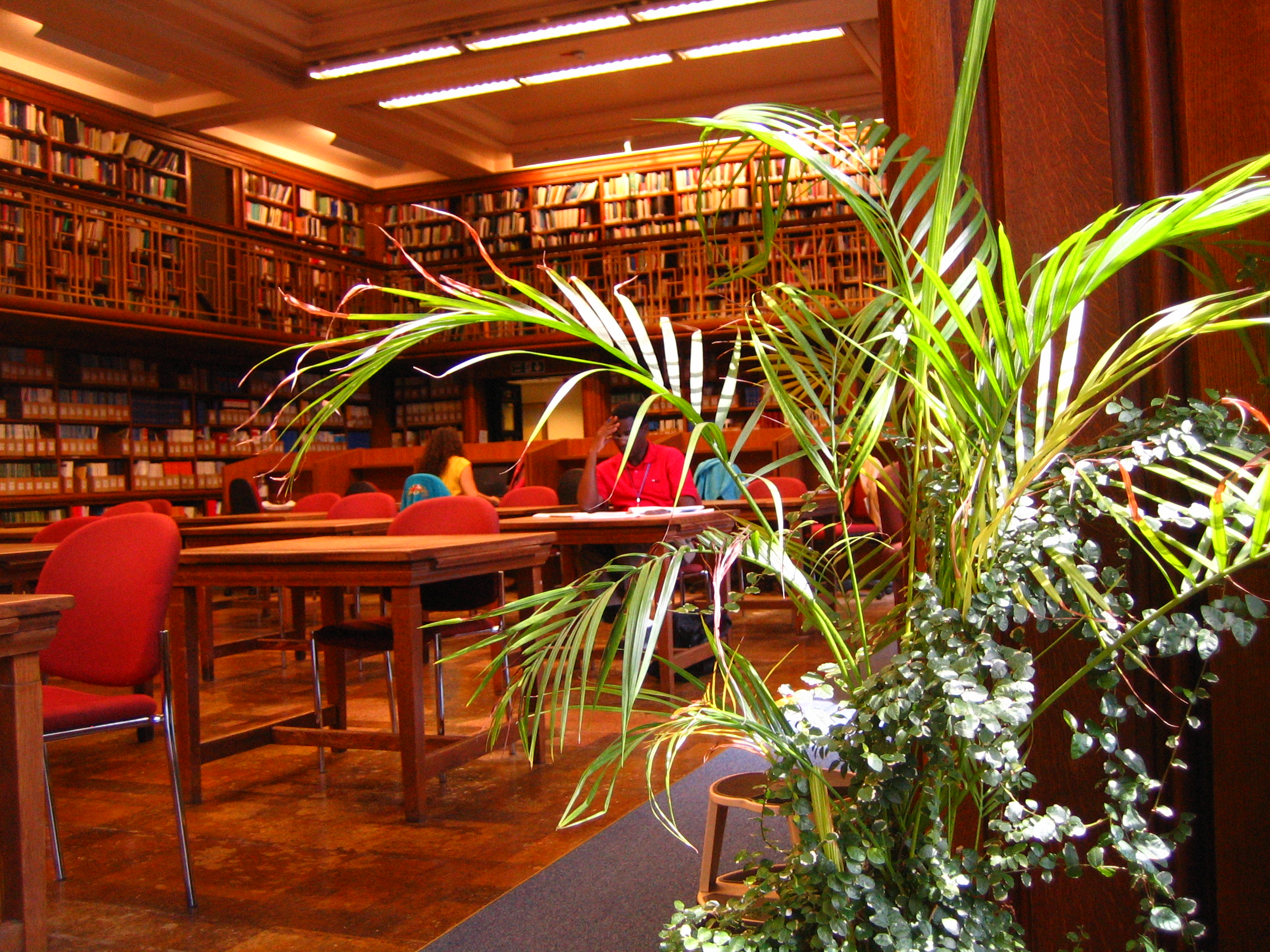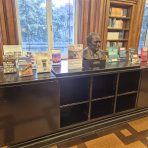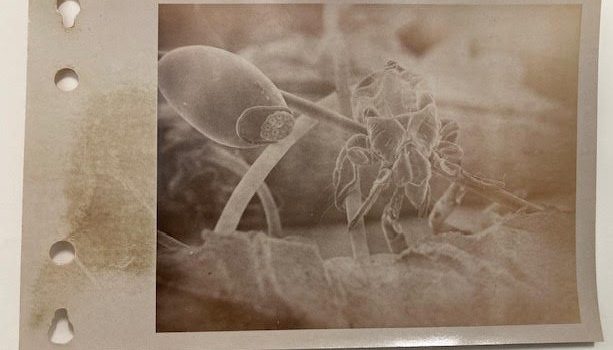The London School of Hygiene & Tropical Medicine’s Electron Microscopy Department began as part of the Entomology Department under the leadership of Richard Bird in 1959. It closed in 2012, leaving behind many thousands of photographic prints, negatives and ‘blocks’: tiny samples encapsulated in resin, each with a unique identifier and housed in an individual box.
This material was accompanied by many record books and catalogues listing samples and negatives, dating back to 1959.

‘Block No.1, Dec. 1959. Mosquito stomach’
We were a little daunted by the size of the collection, and the need to retain a sample of material that would represent the work of the department over 50 years, particularly as we were not subject specialists.
We were fortunate to enlist the help of Professor Simon Croft, who helped us appraise many boxes of photographic print books, selecting items of significance. After Simon’s full retirement to Yorkshire, we continued to select content, and to link the blocks to their corresponding prints and negatives.

Many of the blocks were stored in Havana cigar boxes!
The Human Tissue Authority required us to transcribe the core handwritten catalogues, and this was undertaken by many of our Library and Archive staff during the lockdown period of the pandemic.
The resulting Electron Microscopy archive, now catalogued, reveals a department working across multiple aspects of global health including the beginning of the AIDS crisis in the 1980s, the rise of haemorrhagic viruses including Ebola in the 1970s, along with ongoing research into parasitic diseases, malaria and multiple other infections, both human and animal.
The archive also documents an era of meticulous manuscript record-keeping systems developed before the advent of digital technologies.
Below is a selection of prints from the collection.

‘Sudan Ebola virus in monkey kidney, 1978’

‘Original index of 1970s Ebola images’

‘Head louse with egg’

‘Trypanosomes’
For more information on all our collections, see our online catalogue or email us.
By Claire Frankland, Assistant Archivist




